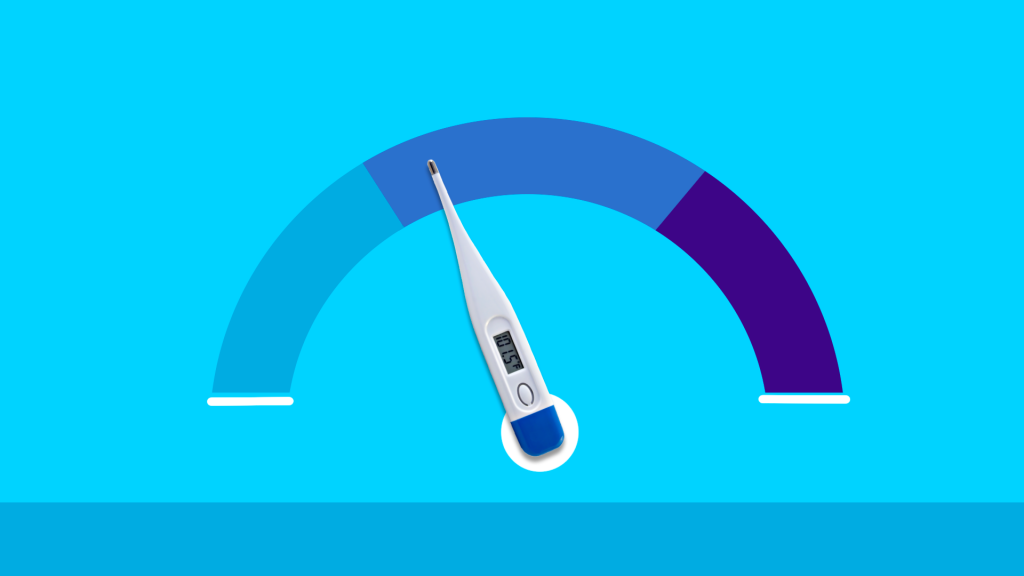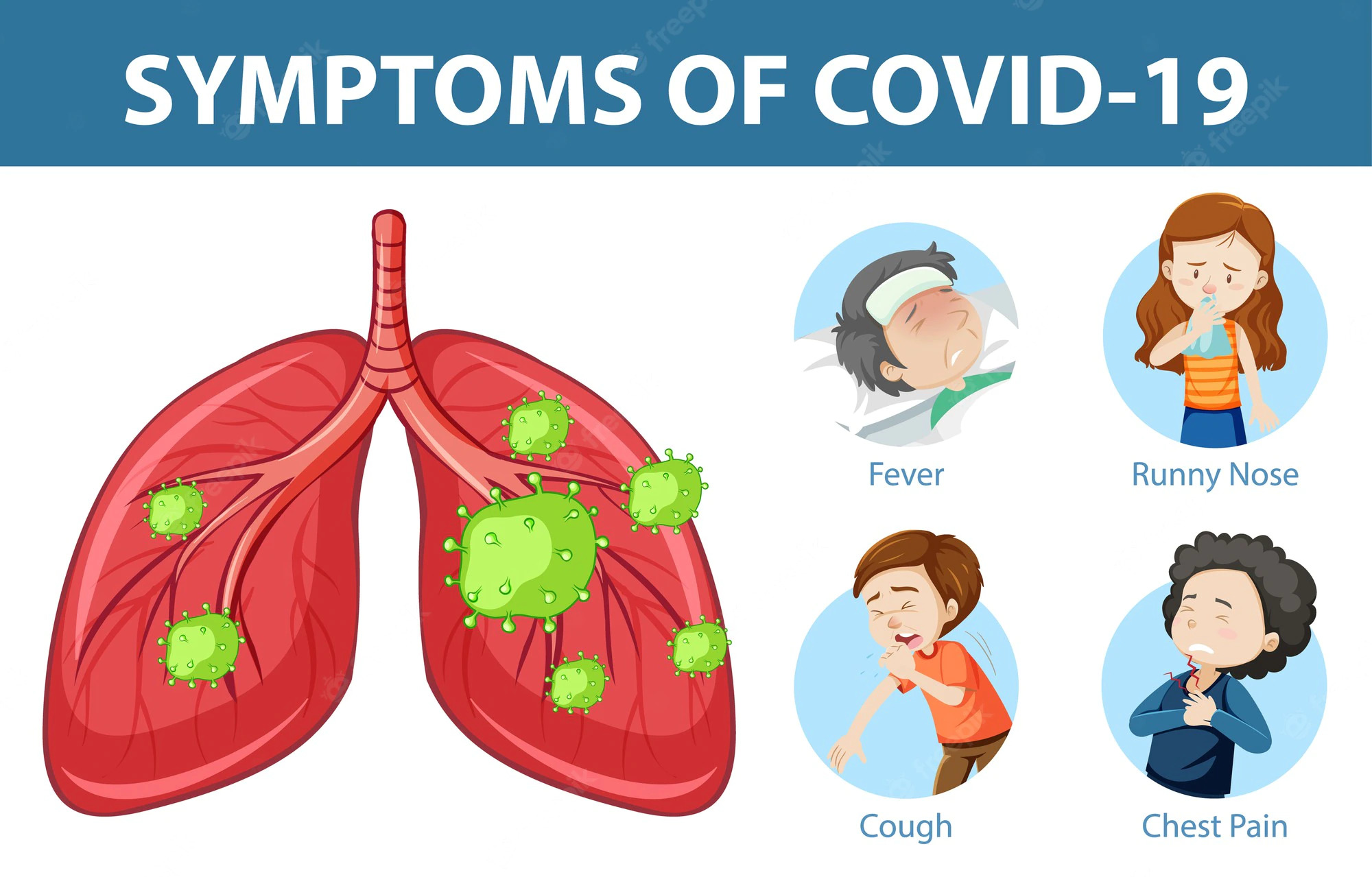Covid Symptoms Onset – In December 2022, the United States will complete its 3rd year of the first spread of COVID-19 in the country. As a nation, we might have somewhat recovered from the effects, but the risk of infection has not gone anywhere yet.
The probability of infection is still there, and the central food control and prevention has been requesting Americans to follow the preventive guidelines as much as possible. We have seen so much in the last three years, starting from queues in front of hospitals to millions of premature deaths.
The last 3 years have successfully taught us that the right knowledge and preventive measures can help you with COVID-19. We are recording new variants of cobras 19 each day, and it has been a nightmare.
The major problem with COVID-19 is its similarity to flu infection. Many of the symptoms in both diseases are somewhat similar, and the timeline of symptoms, along with the treatment methods, are also somewhat similar.
If you are looking to learn more about COVID symptoms onset and other things coming, then you are at the right place as we are going to talk about it in depth.
The Incubation Period of COVID-19
Once you’ve been exposed to the virus, you will fall into the incubation period where you want to develop any symptoms associated with the infection, but you will be infectious.
During this time, you will be able to infect others who are more vulnerable to developing severe symptoms of the virus. If you have been exposed to the virus, the CDC will recommend you not to meet anyone who has been declared as immune compromised.
The Incubation period for COVID-19 can last between 2 to 5 days, and it can go up to 14 days.
There won’t be any symptoms during the incubation period of COVID-19. The Centers for Disease Control and Prevention suggest everyone use a face mask if they have been exposed to the virus, and they have to meet anyone healthy.
People who have been exposed to the virus are going to stay in the incubation period for a maximum of 14 days. There are going to be two outcomes of the Incubation period.
Either you will be diagnosed as positive for COVID-19 or not. Those who have been diagnosed with COVID-19 will have to follow the whole isolation and quarantine guidelines. At the same time, those who received negative test results can live their life As normal.
Asymptomatic Persons
Before we start discussing the whole list and the order of symptoms of COVID-19, let me remind you there is also a probability of asymptomatic infection.
Yes, some people might not experience any symptoms associated with the virus whatsoever. The Centers for Disease Control and prevention categorized those people as asymptomatic persons.
The major problem with asymptomatic people is that they won’t develop any symptoms associated with the virus, but they will be infectious. If you have been classified as an asymptomatic person, then you should be very careful whenever you are around people who are more vulnerable to developing severe symptoms.

Early Symptoms of the Infection
Once your incubation period of COVID-19 has been over, you will start experiencing symptoms associated with the infection.
The major problem with the symptoms of COVID-19 is its order. Different variants of COVID-19 can impact differently depending on the previous medical history of the person.
People who are more vulnerable to respiratory diseases might experience respiratory symptoms before the general symptoms of the virus, including fever, muscle pain, and nausea.
At the same time, the data points have been suggesting that people who have been infected with the virus can experience Less severe symptoms first.
- Fever
- Cough
- Runny nose
- Nausea
- Vomiting
COVID-19 is known to have a wide range of general symptoms, but most people are experiencing the above given five symptoms. Despite all the changes in the variants of the virus, You will start experiencing one or 2 of the above-given symptoms.
Most people experience the early symptoms of COVID-19 during the first 5 to 10 days of the infection.
The current dominating variants of the virus are causing Cough and fever as the primary symptoms of the virus. Most people who are experiencing the symptoms associated with the virus can experience cough and fever during the first two days of the virus.
Even the Centers for Disease Control and Prevention have made fever the parameter of the recovery from symptoms of the virus.
Current guidelines for quarantine and isolation suggest that people can end their isolation after spending 24 hours fever free without using any fever-reducing medicine.
Advanced Symptoms of COVID-19
Apart from common symptoms, there is a list of advanced symptoms associated with the virus.
Even though there is no fixed day when a person will start experiencing the advanced symptoms of COVID-19, healthcare experts in the United States believe that advanced symptoms are not part of early infection.
These advanced symptoms appear once a person has already crossed the mark of 5 to 10 days after the end of the incubation period.
- Difficulty while breathing.
- Pain in the chest.
- Confusion.
- Inability to wake up or Stay awake.
- Color change in skin, lips, and nails.
- Severe diarrhea
As you can see in the above-given list, most people do not experience these symptoms as the initial symptoms of COVID-19.
They are part of the advanced stage of infection, where a person is not able to recover from the initial symptoms within the first 5 to 10 days.
The Centers for Disease Control and Prevention of the United States believes that most people who have been infected with the currently dominating variants of the virus can recover from the infection within the first 5 to 10 days.
People who are not able to recover from the symptoms are suggested to consult with their healthcare provider as early as possible. You never know when the early symptoms can become advanced, where you won’t be able to recover from the fever, and it can also affect your lungs.
Some Important things about COVID Symptoms
The World Health Organization, the Centers for Disease Control and Prevention, and health experts in the country believe that you should look out for the treatment of infection as soon as you learn about it.
People with or without any serious medical history should not ignore the infection. You never know when the general symptoms get converted into severe ones, and you are not able to get the treatment.
Health experts have not found any right treatment for the infection of COVID-19. That is why they highly suggest everyone consult all the treatment options with their healthcare provider as early as possible.
Your healthcare expert might help you recover as early as possible. At the same time, healthcare exports are also capable of preventing severe infection and advanced symptoms of the virus.
Similarities in COVID-19 and Flu
Before we move ahead, let’s quickly discuss the similarities between COVID-19 and flu infection. We are not the first ones to discuss these similarities between the infection of COVID-19 and the flu.
The Centers for Disease Control and Prevention of the United States have been discussing the similarities and differences between both diseases for a very long time now.
One of the major similarities between both diseases is that they both are contagious respiratory diseases. They might have different viruses, but a lot of symptoms are similar in both infections.
One of the major differences between COVID-19 and flew was its speed of spread. You might be surprised to know that COVID-19 spreads more easily as compared to flu.
Similarly, vaccines for both viruses can protect against infection, but it is not 100% effective. You can get infected even after receiving the vaccine for Either virus. Still, the Centers for Disease control and prevention is suggesting everyone get vaccinated with both vaccines to lower the probability of infection.
Symptoms for both infections are going to be similar, and without any professional test, you might not be able to tell the difference, and we highly recommend you not to self-diagnose.
The treatment for both infections is going to be critical as early treatment of both infections can help you reduce the risk of severe symptoms.
What is the timeline of COVID symptoms?
People who have been infected with COVID-19 will experience throwing trash, cough, and fever as early symptoms. At the same time, some people can also experience nausea, vomiting, and diarrhea as well. Symptoms like difficulty breathing, persistent pain in the chest, severe diarrhea, and inability to wake up are part of the advanced list, which usually appear after 5 to 10 days of the infection.
